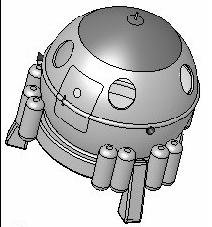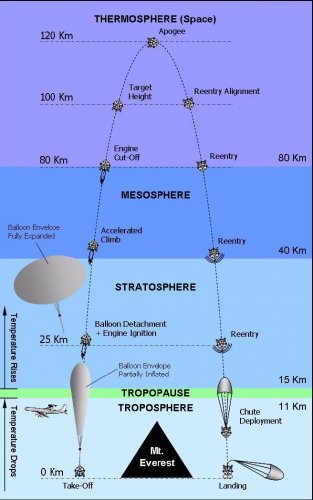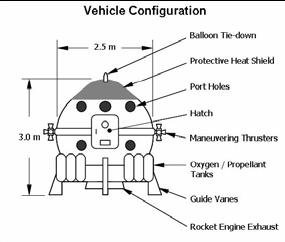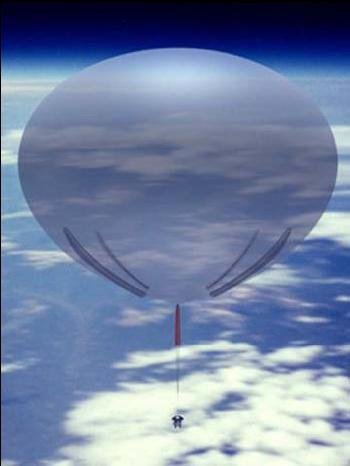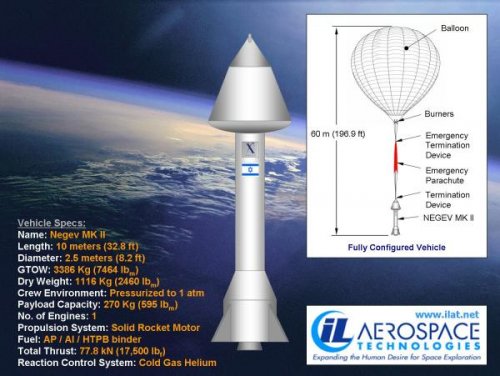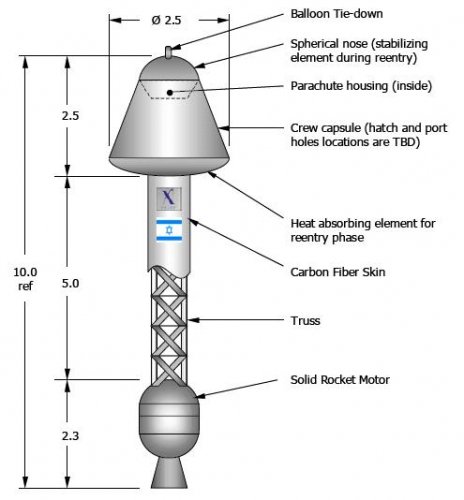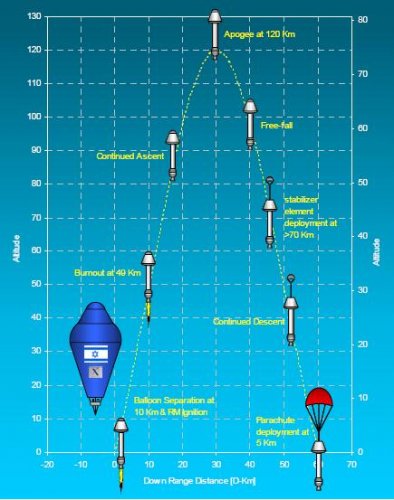FutureSpaceTourist
ACCESS: Top Secret
- Joined
- 10 March 2010
- Messages
- 590
- Reaction score
- 34
IL Aerospace Technologies (ILAT) was the sole Israeli entrant to the Ansari X-prize competition.
Their initial X-prize entry was the Negev-5 (Negevs 1 through 4 being various planned subscale/prototypes). Like the da Vinci Project entry, the first 'stage' was a balloon that lifted the hybrid rocket power capsule to altitude.
The first attached PDF from January 2003, from the original X-prize website page at http://space.xprize.org/ansari-x-prize/il-aerospace-technologies, gives various team and vehicle information. The subsequent attached pictures also come from the PDF. The second attached PDF, from July 2003, is a fairly minor update to the original - with a different capsule picture (also attached). The vehicle and mission details from this second PDF are:
Their initial X-prize entry was the Negev-5 (Negevs 1 through 4 being various planned subscale/prototypes). Like the da Vinci Project entry, the first 'stage' was a balloon that lifted the hybrid rocket power capsule to altitude.
The first attached PDF from January 2003, from the original X-prize website page at http://space.xprize.org/ansari-x-prize/il-aerospace-technologies, gives various team and vehicle information. The subsequent attached pictures also come from the PDF. The second attached PDF, from July 2003, is a fairly minor update to the original - with a different capsule picture (also attached). The vehicle and mission details from this second PDF are:
VEHICLE SPECIFICATIONS
Name: Negev 5
Length: 3 meters (9.8 feet)
Diameter: 2.5 meters (8.2 feet)
GTOW: 3,370 kg (7,430 lbm)
Dry Weight: 1,011 kg (2,229 lbm)
Crew Environment: Pressurized cabin
Payload Capacity: 674 kg (1,486 lbm)
No. of Engines: 1
Propulsion System: Pressure fed hybrid
Fuel and Oxidizer: HTPB / LOX
Total Thrust: 50,000 Newtons (11,200 lbf)
Reaction Control System: Pressurized LOX/vaporized rubber fuel mix
MISSION SPECIFICATIONS
Launch Site: Land or surface ship
Ascent Method: Helium Balloon to rocket launch altitude
Ascent Duration: 2 to 3 hours
Altitude at Rocket Ignition: 30 km (98,425 feet)
Orientation at Rocket Ignition: 70° to 80° pointing up
Max. Acceleration Force on Ascent: 4 G
Altitude at Rocket Engine Cut-off: 80 km (262,467 feet)
Time at Rocket Engine Cut-off: 120 seconds
Max. Speed: Mach 3.5
Max. Altitude: 120 km (393,701 feet)
Time in Weightless Conditions: 10 to 15 minutes
Reentry Method: Angular free fall
Acceleration Forces on Descent: 5 G
Landing Method: Pyrotechnically deployed drogue and 3 main chutes to land or water
Total Flight Duration: 3 to 4.5 hours
Landing Distance from Take-off Location: 45 to 60 km
Time Between Missions: 10 to 14 days

